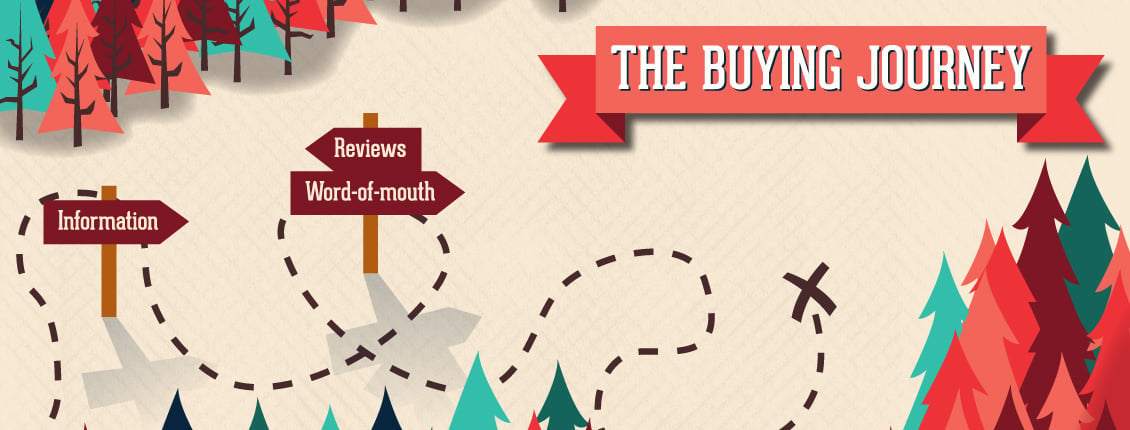
Ensuring Consumers Become Customers
As a retailer, getting consumers in your door is arguably the most important part of your job. Figuring out just when and how a consumer chooses which store they will ultimately visit is key in making sure they choose you and not someone else. And to figure this out, you need to understand your customers’ buying journeys.
A buying journey, also known as a consumer decision journey or purchase path, has traditionally been described as a funnel. The widest end of the funnel is the very beginning, when consumers are still open to all the possible options; the narrowest end is where they end up making their purchases and placing their loyalties. This happens after multiple factors have guided them to a specific purchase in a specific store. The journey looked like this:
- Awareness
- Familiarity
- Consideration
- Purchase
- Loyalty
The most important area of influence in attracting customers was at the wide end of the funnel. If they weren’t aware of your brand or store at that point, the rest of the funnel process wouldn’t even matter, so businesses used to focus on company-driven, push-style marketing.
But today, because of the incredible shift toward online browsing and shopping, the journey is quite different. Awareness, familiarity and consideration can all be part of the same phase, now called “active evaluation.” And opportunities for creating consumer awareness can expand rather than narrow as your potential customers move through this phase of the process. This is especially true for the consumer electronics market.
According to research done by Google and Shopper Sciences, a CE purchase is usually a several-months-long decision process that involves 14 to 21 different sources of information, like retailer and comparison websites. McKinsey & Company even adds Internet reviews and word-of-mouth recommendations to the list. Consumers combing the Internet for relevant product or retailer information is part of what’s known as consumer-driven marketing, and it’s vital that retailers take advantage of it.
To make the most of consumer-driven marketing, raise your “decision simplicity index” score. Decision simplicity refers to how easily consumers can get ample, trustworthy information about your store or product to use while weighing all their options. One Harvard Business Review study found that brands that scored highly on this index were up to 86 percent more likely to be purchased. For retailers, this means information about your store—from accurate inventory, model numbers and prices to accurate store hours and contact numbers—on a website that is attractive, simple and user friendly. Seventy-one percent of consumers expect to be able to view in-store inventory online, 50 percent expect the option to purchase online and pick up at the store, and 38 percent check a retailer’s website for inventory availability while en route to the store, according to a 2014 Forrester Consulting study. And never discount word-of-mouth marketing, which today includes mentions, shares and photos on social media. Hosting special promotions and sharing photos of satisfied customers are just a couple of ways to generate awareness and interest through social media websites.
There’s no way around it—the Internet has changed the topography of the retailer’s world. Consumers expect and demand information before making purchases, and they expect it to be available whenever they want it. Luckily for you, all you have to do is supply it to stay on their radar and position your store as a frontrunner for their ultimate purchase destination.
